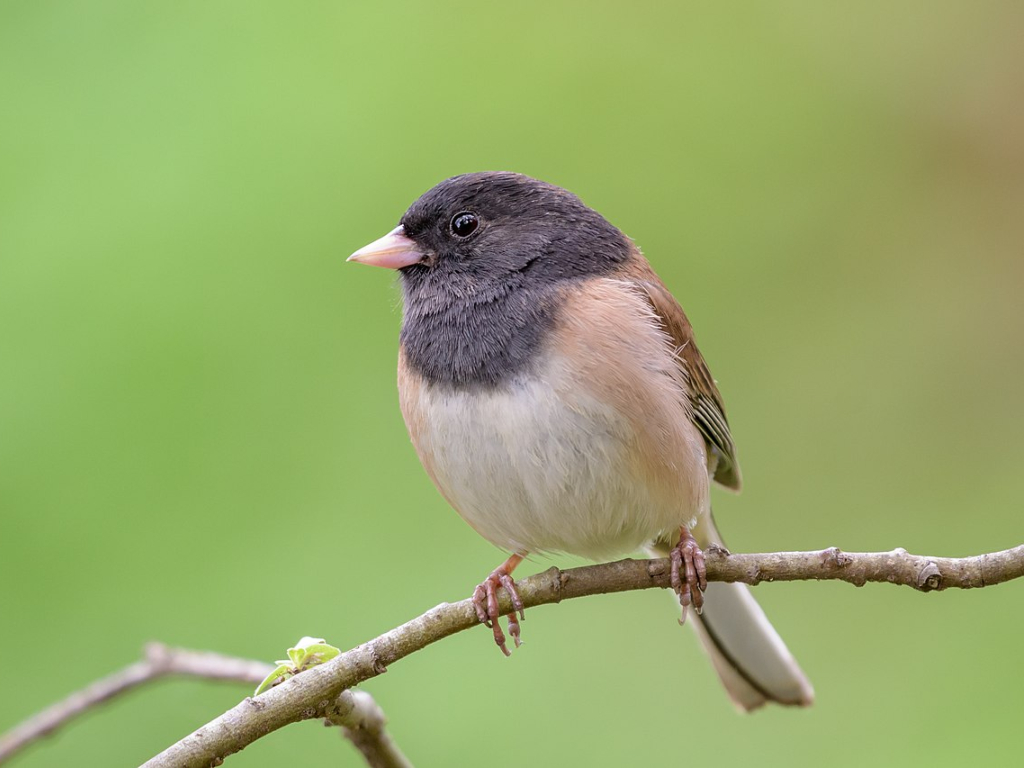The Problem
Bird species across the country are declining in abundance and diversity at a concerning rate. Human-fueled environmental change and interference are contributing factors, so understanding how birds respond to rapid change is vital to protecting them.
One key to improved understanding of birds is long-term monitoring in a controlled environment. Unfortunately, many songbird species are reluctant to breed in captivity, limiting the types of studies that can be conducted.



